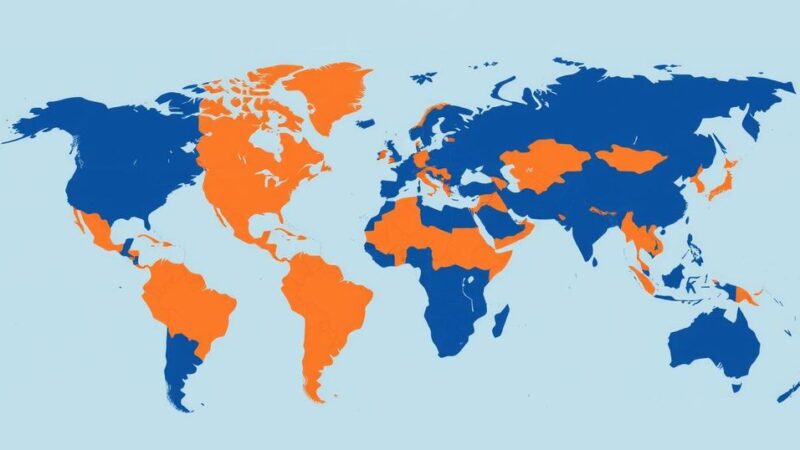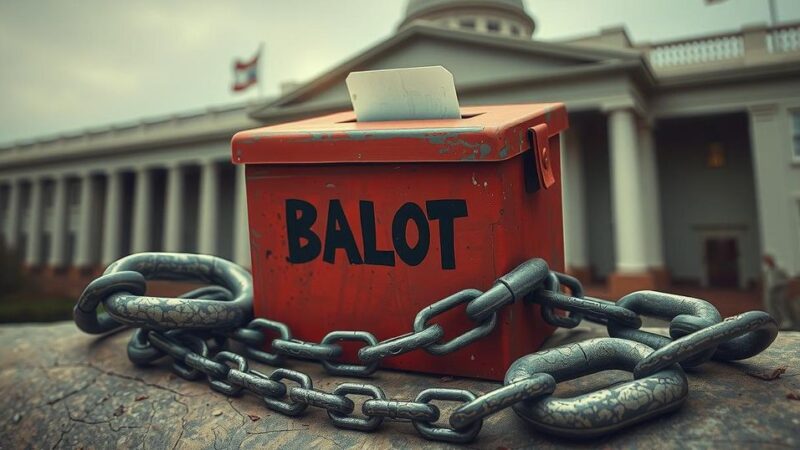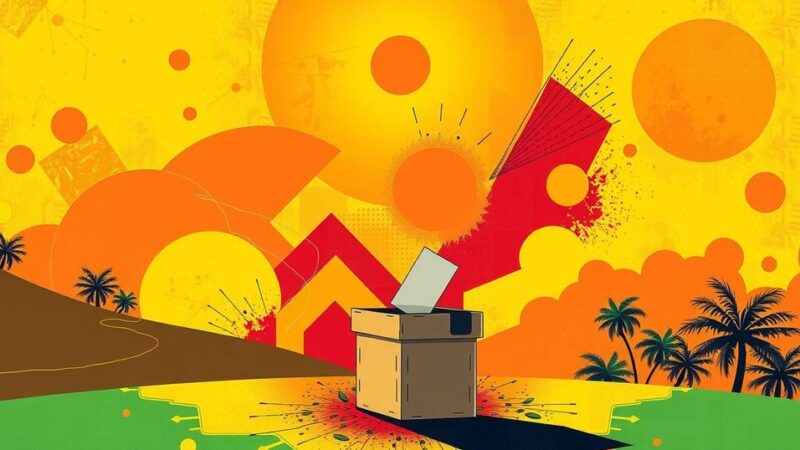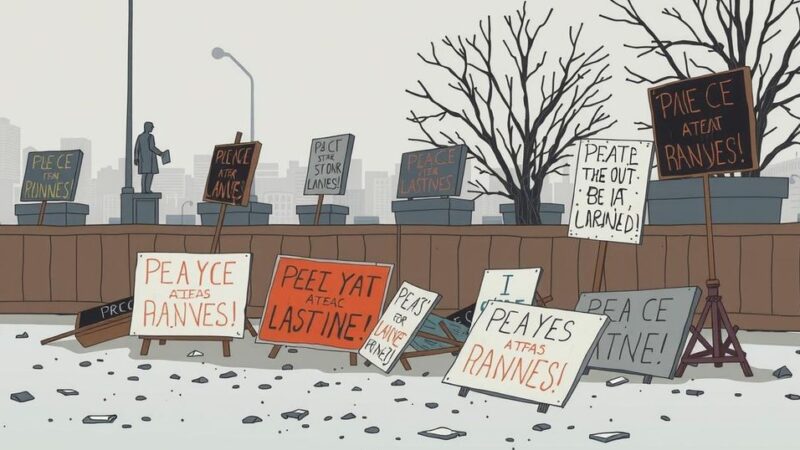Burundi is an East African nation characterized by linguistic unity among its Hutu and Tutsi populations, with Christianity being the predominant religion. The nation faces challenges such as dispersed settlements leading to ethnic conflict, a youthful demography, reliance on agriculture, and ongoing poverty. Economic potential exists through agriculture and natural resources, though industrial activities remain limited due to historical unrest and reliance on foreign aid.
Burundi is a small East African nation where the primary languages are Kirundi, French, and Swahili, fostering a unique linguistic unity among its Hutu and Tutsi populations. The predominant religion is Christianity, with Roman Catholics and Protestants forming the majority, although traditional beliefs are also practiced alongside Islam, which represents a small minority. The interplay between the church and state has historically contributed to ethnic tensions, particularly since the 1970s.
The country’s hilly terrain leads to dispersed settlements rather than concentrated villages, which has hindered community cohesion and amplified ethnic conflict between the Hutu and Tutsi. Urban centers are somewhat scarce, with Bujumbura being the largest. Civil unrest in the 1990s resulted in the displacement of thousands, creating refugee camps and exacerbating regional migration patterns due to unrest in neighboring Rwanda.
Demographically, Burundi has a high birth rate and a youthful population, with a significant portion under 15 years of age. Although life expectancy is lower than the global average, it is consistent with regional figures. Economically, agriculture is foundational, accounting for the majority of GDP, while the country faces persistent poverty and dependence on foreign aid, largely stemming from historical civil strife and economic sanctions.
Agricultural practices dominate, with staples including beans, maize, cassava, and sorghum. Coffee is the chief export crop; however, production fluctuates due to past conflicts. While agriculture remains crucial, overgrazing has diminished livestock value, and deforestation has impacted land use despite reforestation initiatives. Fishing in Lake Tanganyika contributes to local livelihoods, with significant fish populations present.
Burundi possesses untapped mineral resources, including nickel, vanadium, uranium, and potential oil reserves, yet mining output remains minimal. Industrial activity is primarily small-scale, with a focus on agricultural processing. The financial landscape, indicated by a trade deficit and reliance on foreign aid, is slowly shifting due to debt relief and international engagement.
Burundi’s sociocultural landscape is defined by linguistic unity between Hutu and Tutsi, a rarity in sub-Saharan Africa. Religiously, the nation is predominantly Christian, which has historically resulted in tensions linked to church-state relations. The geographic characteristics affect settlement patterns, contributing to the ongoing ethnic conflict. Demographically, the youthful population and high birth rates impact social and economic conditions. Economically, agriculture is vital; however, historical challenges have created a cycle of poverty and reliance on external aid. Furthermore, the country’s natural resources present opportunities for economic development, but these have not yet been fully harnessed. Attempts at industrial growth face barriers stemming from political instability, necessitating a focus on sustainable practices to foster recovery in various sectors. The tourism sector, although holding potential, remains underdeveloped due to ongoing regional conflicts, posing a challenge for future economic diversification.
In conclusion, Burundi is a country marked by a rich cultural tapestry and significant challenges stemming from its historical conflicts and economic struggles. The interplay of languages, ethnic groups, and religious practices shapes its social fabric, while geographic and demographic factors influence settlement patterns and economic conditions. There is potential for development through agricultural resources and untapped minerals, despite historical setbacks. To foster a brighter future, sustained efforts towards peace, economic diversification, and effective resource management are essential.
Original Source: www.britannica.com






